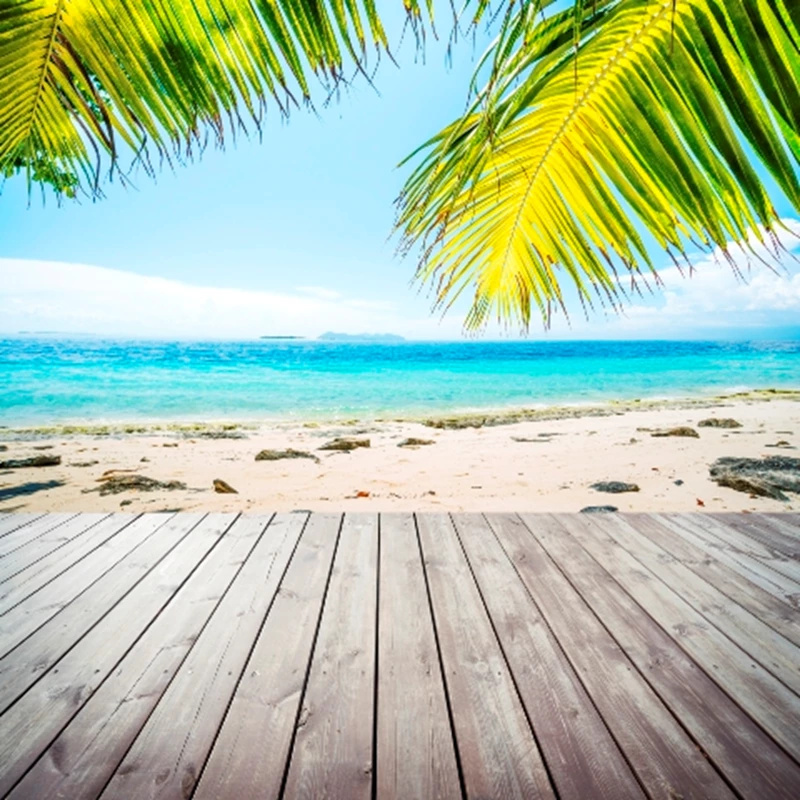
It's more than a decade since the Balkan conflict of the 1990s drew to a close and things began to calm down a little in that corner of south-east Europe. Now that Europe's focus has shifted to Greece on the tip of that very peninsula – for a very different kind of reason – how have the other Adriatic nations been faring?
Back in the days of the overseas property boom, Croatia was touted as the “new” Tuscany; then, Montenegro and Albania as “new Croatias”; and although tourism is still growing in all three, is anyone currently buying in the region?
Well, despite the general swing away from “emerging” markets in favour of the old favourites, Chris Esdale-Pearson and his wife, Pepie, from Essex have bucked the trend and bought an apartment in Albania.
The one-bed apartment, costing €63,000 (£53,000), is on the Lalzit Bay Resort & Spa – 30 minutes from Tirana airport – which seems to be the only residential development being actively marketed in the country.
“We knew that it was a rundown, ex- Communist country, having travelled in that region quite extensively,” says Chris, 65, a former Marine pilot. “But equally, it's been a democratic country for 20 years, it's applying for EU membership and it's gradually sorting itself out, infrastructure-wise. After all, they've only had private cars since 1990 and there is only 350km of roads there.”
Chris – who has lived in Eastern Africa for many years – is more gung-ho than some would be about buying in a nation notorious for its role in human-trafficking gangs, and he felt reassured by the simple sales process, the UK bank financing and the builder's track record (they also built Tirana airport). Tourist arrivals are increasing at Tirana (they were up 23 per cent in the first half of 2011) – the same year that Lonely Planet recommended it – and growing tourism is a common thread in neighbouring Croatia.
Buying new-build in this region is certainly a means of avoiding the ownership or title deed issues on resale properties that may have put some people off in the past – especially cases of dispossessed people returning to claim their land years later. In Croatia, the stand-out new-build project is Dubrovnik Sun Gardens, an already running resort 11km along the Adriatic coast from the old walled city of Dubrovnik.
Open since 2009, the 22-hectare resort contains its own beach, a spa, sports centre and a dozen restaurants, is operated by a Radisson Blu Hotels & Resorts licenced company, and has 90 per cent occupancy in the summer, according to the project's Commercial Director, Julian Houchin.
Thus, if you buy one of their newly released properties for private sale – priced from €170,000 (£143,000) – there are 4 per cent yields for investors who don't use the place during peak weeks.
So why else buy?
“This is the first of seven projects in Croatia, so investors can see we're in this for the long term,” he says, adding that five of the 207 apartments have sold so far.
“Occupancy levels are already good – we are also a fast-growing conference venue, an embryonic spa destination and a popular sailing destination [Beyoncé was seen cruising nearby this summer], and the airlift is also improving, with new flights to Newcastle and Paris, of late. “But the stand-out thing for our buyers so far has been that we offer our properties with the freehold already assured – and that we are priced to sell.”
He says that it's a very different offering from the most prominent new project in neighbouring Montenegro – the Porto Montenegro marina project. Situated in the beautiful Bay of Kotor at Tivat, this ambitious 24-hectare project is also sailing ahead and on schedule, with only 20 of the 140 apartments released in July yet to sell, according to their Marketing Director, Colin Kingsmill.
“The mix is 40 per cent British, 40 per cent Eastern European and the rest other Western European/US etc,” says Colin, who adds that apartments start at €260,000 (£218,600). “This place is like a secret garden that's only just been discovered again after being locked away since its glory years in the Sixties [when Sophia Loren was among those who holidayed there] and the fact it's a bit rough at the edges adds to the charm.
“You don't get eight-lane highways here, like on the French Riviera, and it's certainly not like Switzerland, but it's main market is the yachting world, because it offers both a beautiful coastline and there's a massive shortages of berths in Europe [if you buy a flat, you can get a berth].”
